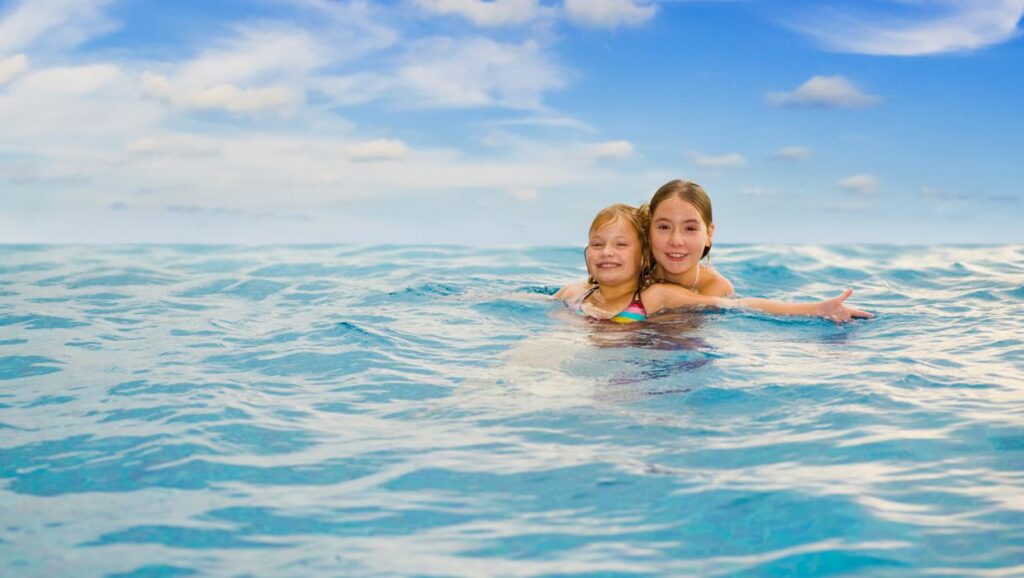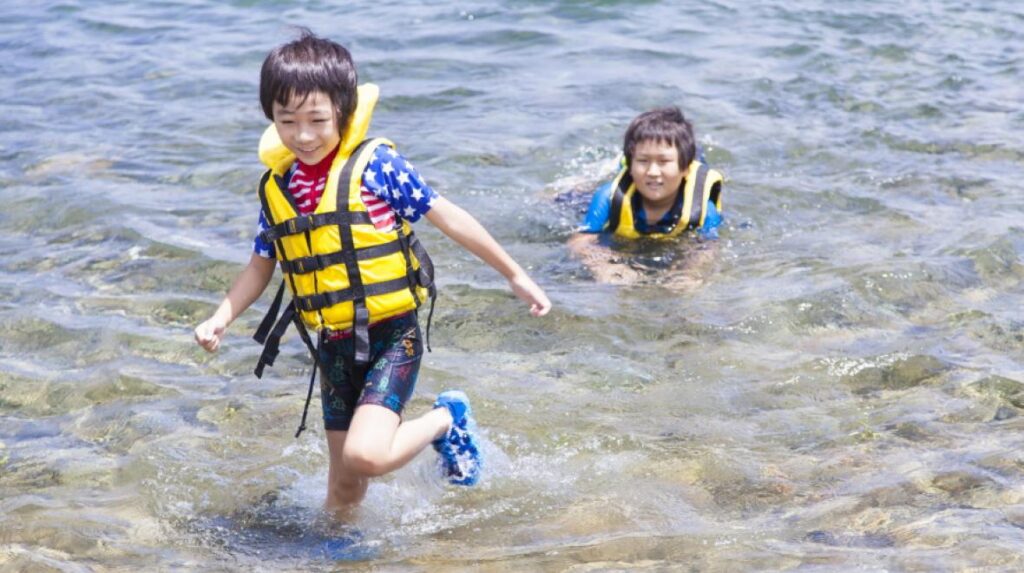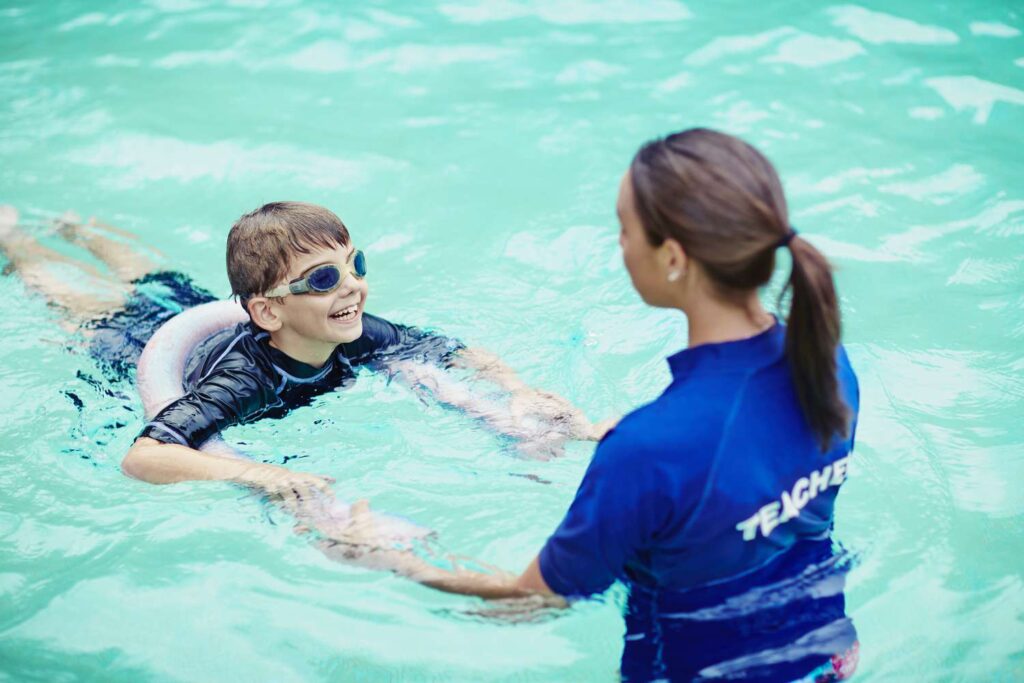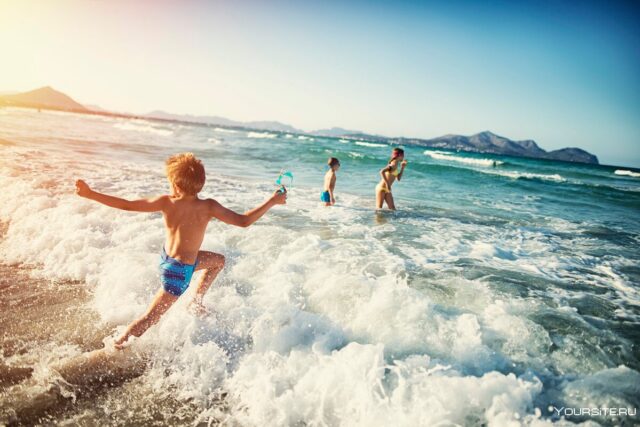Why is water safety important for children? The importance of water safety for children cannot be overstated. Children are more prone to accidents than adults. This is because they’re smaller, less coordinated, and they don’t have the same level of experience.
That’s why it’s so crucial for parents to take steps to ensure their children are safe around water. By teaching them to swim, monitoring them closely when they’re near water, and being careful about the swimming areas they choose, parents can help keep their children safe and reduce the risk of accidents. Let’s look at why water safety is vital for swimmers, big and small.
Summer water safety

One of the greatest joys of summer is refreshing yourself in the lake, pool, or ocean. But, unfortunately, water can also be dangerous, especially for small children. Every year, statistics say that thousands of kids under five drown in swimming pools, making water safety at the beach an essential topic.
To keep your kids safe this summer, follow these simple tips. First, always stay supervised around water. It only takes a few seconds for a child to drown, so always watch them when they’re near water.
Secondly, make sure they know how to swim. Many drownings could be prevented if more kids learned how to swim.
Finally, have a plan in place in case of an emergency. Educate everyone in the family on what to do in case someone drowns.
Following these tips for water safety at the beach can help keep your kids safe and make sure they enjoy a fun and safe summer!
Water safety rules

Nothing gets any cuter than a baby playing in the water. But as every parent knows, there is a real danger of drowning for infants and young children. Children under four years of age are most at risk of drowning.
The best way to keep your little one safe and ensure infant water safety is to be vigilant and never leave them unattended around water. This includes baths, pools, lakes, ponds, and even toilets. It only takes a few inches of standing water for a child to drown, so empty any standing water when you’re finished using it. This is an essential rule for infant water safety.
You are better off being safe than sorry regarding water safety for toddlers.
Help your child learn about water safety with an experienced instructor

When it comes to water safety, there’s no such thing as being too careful. So enrolling your child in baby water safety classes is a great idea. With an experienced instructor, they can learn how to stay safe in and around water. They’ll learn to identify potential dangers, use life jackets and flotation devices properly, and handle a potentially dangerous situations.
And best of all, they’ll have a lot of fun! If you’d like to help your child stay safe this summer, sign them up for a water safety class in SwimRightAcademy today.




